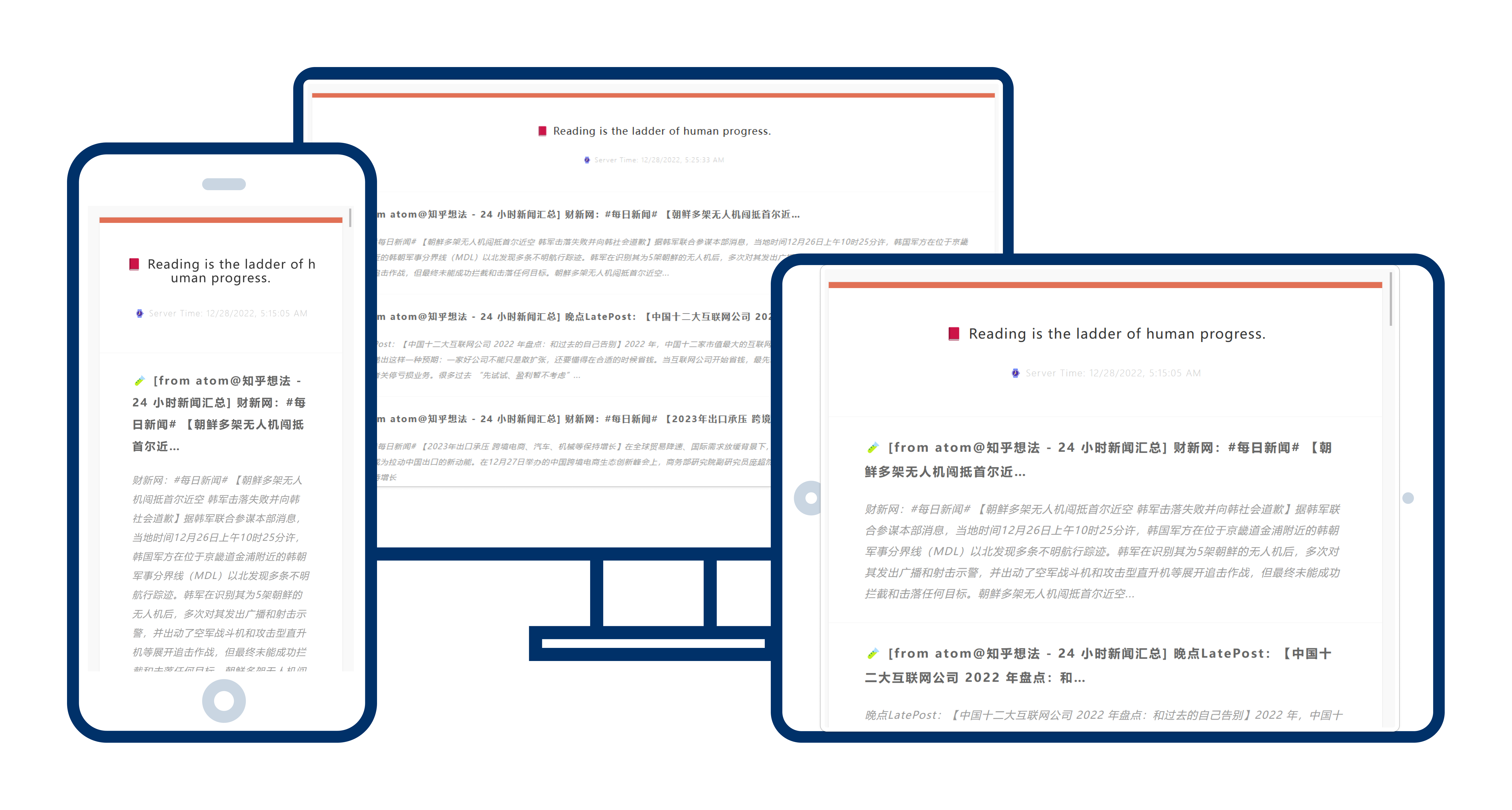后端 API 通常需要对发送请求的客户端进行合法验证,以确保这些 API 是被 “保护” 起来的。 前段时间给一个移动应用做 Flask 的 Restful-API 正好涉及到了这方面的内容,其中有用到 python 元编程的相关技巧。
如何认证?
对于崇尚标准的工程师来说,http 标准的 auth 是一个不错的选择,或者直接选择 oAuth 也可以。 但本着研究的精神,我们自己来实现一个 api 签名机制,并且 patch 到需要认证的 api 对应的资源类上。
认证思路
我们需要知道的大概认证背景和思路:
- 合法客户端拥有服务端下发的 app_id 和 app_key;
- 服务端知道每个 app_id 对应的 app_key;
- 客户端请求接口数据时,必须用本地的 app_key,时间戳,以及 app_id 进行指定规则的加密,得到一个签名串;
- 每一次请求带上 app_id,时间戳,签名串和业务数据提交给后端 API;
- 后端 API 根据提交上来 app_id,时间戳,签名串就可以确认是否为合法的客户端;
废话不多说,上代码和详细的注释:
我们先伪造一个颁证服务 key_gen.py
#!/usr/bin/env python
# -*- coding: utf-8 -*-
import hashlib
import random
from string import digits
def sign_api (time_stamp, _id, _key):
"""
签名算法测试
"""
print hashlib.sha1 (''.join ([
str (time_stamp),
_id,
_key
])).hexdigest ()
def ge_app_id ():
"""
:return: app_id
"""
return ''.join (random.sample (digits, 9))
def ge_app_key (_id):
"""
:return: app_key
"""
return hashlib.sha1 (_id).hexdigest ()
if __name__ == '__main__':
app_id = ge_app_id ()
app_key = ge_app_key (app_id)
sign_api (159874265148, '710628459', 'bd7d14ed5e0b9bf3c3ac28c224b322d271f6ae6c')
Flask 中利用元类进行授权包装 auth.py
#!/usr/bin/python
# -*- coding:utf-8 -*-
import hashlib
from types import FunctionType
from flask.views import MethodViewType
from flask import request
from flask_restful import Resource, abort
from app.setting import ACCESS_CLIENT, ENV_DEBUG
def check_sign_api (args):
"""
:param args: 认证参数
:return: 是否签名成功
"""
global PRE_TIMESTAMP
# 为了正确传递 KeyError 错误
_time_stamp = args ['timestamp']
_app_id = args ['app_id']
_signature = args ['signature']
if _time_stamp <= PRE_TIMESTAMP:
return False
PRE_TIMESTAMP = _time_stamp
return (
_signature == hashlib.sha1 (''.join ([
str (_time_stamp),
_app_id,
ACCESS_CLIENT [_app_id]
])).hexdigest ()
)
def _get_resource_base ():
"""
:return: 获取资源 Restful 基类
"""
if ENV_DEBUG:
return Resource
else:
return with_meta_class (RequireAuthClass, Resource)
def with_meta_class (meta, *bases):
"""
:param meta: 指定元类
:param bases: 指定基类
:return: 继承自按照指定元类创建的基类的临时类
"""
class MetaClass (meta):
__call__ = type.__call__
__init__ = type.__init__
def __new__(cls, name, this_bases, d):
if this_bases is None:
return type.__new__(cls, name, (), d)
return meta (name, bases, d)
return MetaClass ('temporary_class', None, {})
def api_require_auth (http_handler):
"""
:param http_handler: 业务接口处理方法
:return: 包装了认证逻辑的包装方法
"""
def wrapper (self, *params, **kwargs):
try:
args = request.get_json ()
if check_sign_api (args):
return http_handler (self, *params, **kwargs)
else:
abort (500, message='access fail')
except KeyError as error:
abort (500, message=u'access need a {} param'.format (error.message))
return wrapper
class RequireAuthClass (MethodViewType):
"""
接口授权统一处理类
基本思想是:所有指定 RequireAuthClass 为元类的类,在 type.__new__ 为其实例化时
会自动将其下的 post, put, delete 等方法包装上 api_require_auth
为了解决元类冲突问题,RequireAuthClass 必须是 MethodViewType 的子类
而不是 type 的子类
"""
def __new__(mcs, name, bases, dct):
for name, value in dct.iteritems ():
if (
name in ['post', 'put', 'delete', 'get'] # restful methods
and type (value) == FunctionType
):
value = api_require_auth (value)
dct [name] = value
return MethodViewType.__new__(mcs, name, bases, dct)
业务层的 api 就好办多了
小 Tip:
app.auth 模块导出的 _get_resource_base 方法由环境变量控制
如果在调试模式下,则不启用授权
# -*- coding:utf-8 -*-
# Flask 引入
from flask import Flask, jsonify
from flask_restful import Api, reqparse
from flask import g
from werkzeug.local import LocalProxy
from app.auth import _get_resource_base
# 配置
from app.setting import (
CURRENT_API_VERSION,
SET_VERSION_ROUTE,
_db_settings
)
from util.mongo_util import Mongo, close_db, json_serializable
app = Flask (__name__)
api = Api (app)
# 获取 db 实例
def get_db ():
db = getattr (g, '_database', None)
if db is None:
db = g._database = Mongo (_db_settings)
return db
# 全局 db 实例
db = LocalProxy (get_db)
# 应用环境销毁的时候
@app.teardown_appcontext
def teardown_db (exception):
# 意外退出日志
db = getattr (g, '_database', None)
if db is not None:
# 确保 db 立即关闭
db.connect.close
@app.errorhandler (404)
def not_found_error (error):
return jsonify ({
'code': error.code,
'message': error.description
}), 404
class WelcomeToApi (_get_resource_base ()):
"""
业务 api 根入口
用于检查版本等用途
"""
def get (self):
return jsonify ({
'name': 'ZhiYuanHelper Api',
'version': CURRENT_API_VERSION
})
class User (_get_resource_base ()):
"""
用户管理类
"""
def post (self, user_id):
return jsonify ({
'user_id': user_id,
'name': ' 测试账号 '
})
class Register (_get_resource_base ()):
"""
用户注册接口
"""
pass
class Login (_get_resource_base ()):
"""
用户登录接口
"""
pass
# TODO 等待前端定义所需数据
class HigherVocationalCollege (_get_resource_base ()):
def __init__(self):
self.reqparse = reqparse.RequestParser ()
'''
Defaults to :class:`unicode`
in python2 and :class:`str` in python3.
'''
self.reqparse.add_argument ('province', type = unicode, required = True, location = 'json')
self.reqparse.add_argument ('description', type = unicode, default = "", location = 'json')
self.args = self.reqparse.parse_args ()
@close_db ('db')
def post (self):
res = db.hvc.find ()
res = json_serializable (res)
return jsonify ({
'args':self.args,
'data':res
})
# API 列表
api.add_resource (WelcomeToApi, '/api')
api.add_resource (User, SET_VERSION_ROUTE ('/user/<int:user_id>'))
api.add_resource (HigherVocationalCollege, SET_VERSION_ROUTE ('/hvc'))
欢迎拍砖~

 🎨 👷 Front-end engineer -> [ mobile, infrastructure, ux, language ].
Pay close attention to Python & Java & Rust ecosystem.
🎨 👷 Front-end engineer -> [ mobile, infrastructure, ux, language ].
Pay close attention to Python & Java & Rust ecosystem.
 语雀
语雀